Introduction to Touch Screen Board Classroom
In today's fast-paced educational environment, the touch screen board classroom has emerged as a revolutionary tool that transforms traditional teaching methods into interactive and engaging learning experiences. These digital boards allow educators to present lessons dynamically while fostering collaboration among students. With features such as touch interactions, real-time annotations, and multimedia integration, touch screen boards are changing the way knowledge is disseminated in classrooms across the globe.
Types of Touch Screen Boards for Classrooms
- Interactive Whiteboards: These large boards allow teachers to display content from a computer. Users can write, draw, and manipulate digital content directly on the board, enhancing student engagement.
- Digital Tablets: Smaller and portable, these devices can be used in conjunction with laptops or desktop computers. They provide a personal touch for students during individual or group activities.
- All-in-One Touch Displays: Combining a computer and a display in a single device, these boards are ideal for classrooms where space is limited. They offer a user-friendly interface and high-quality visual output.
- LED Touch Boards: Utilizing LED technology, these boards provide better brightness and contrast, making them suitable for well-lit classrooms. They also consume less power and have a longer lifespan.
Applications of Touch Screen Boards in Education
- Engaging Presentations: Educators can utilize multimedia presentations that captivate students’ interest and enhance information retention through visuals and interactive elements.
- Group Collaboration: Touch screen boards enable multiple users to collaborate simultaneously, making it easy for students to brainstorm and share ideas during group activities and projects.
- Education Technology Integration: These boards can seamlessly integrate with various educational software and tools, offering lessons that are tailored to individual learning needs.
- Remote Learning and Hybrid Classes: Touch screen boards enhance the learning experience in online settings, providing interactive tools that help bridge the gap between physical and virtual classrooms.
Advantages of Using Touch Screen Boards in Classrooms
- Enhanced Student Interaction: The tactile nature of touch screen boards encourages students to interact more actively with the material, making learning more enjoyable and effective.
- Improved Collaboration: Students can work together on tasks in real-time, fostering teamwork and communication skills.
- Accessibility Features: Many touch screen boards offer built-in features to assist students with various needs, making education more inclusive for all learners.
- Environmentally Friendly: Transitioning to digital boards reduces the need for paper and traditional writing materials, supporting sustainability efforts in schools.

























































































































































































































































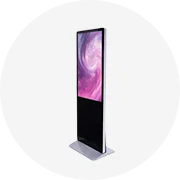
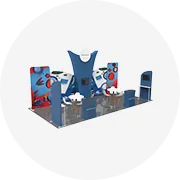
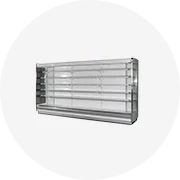
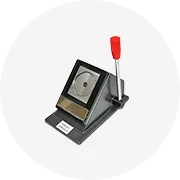
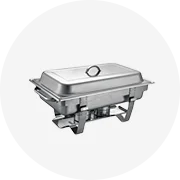

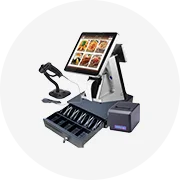
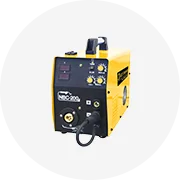


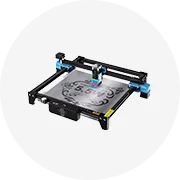
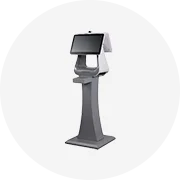
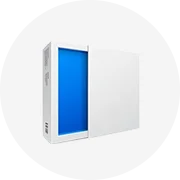






 浙公网安备 33010002000092号
浙公网安备 33010002000092号 浙B2-20120091-4
浙B2-20120091-4